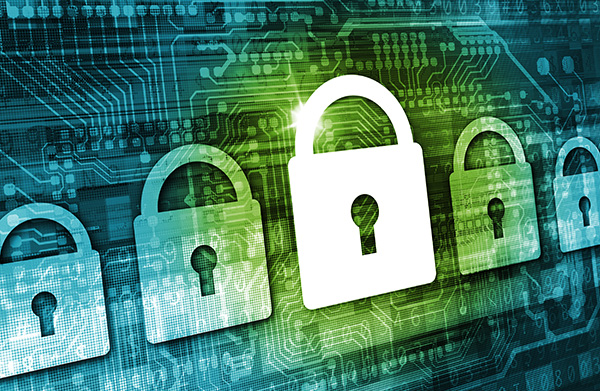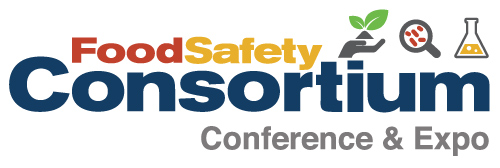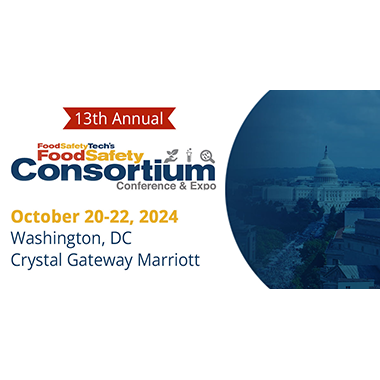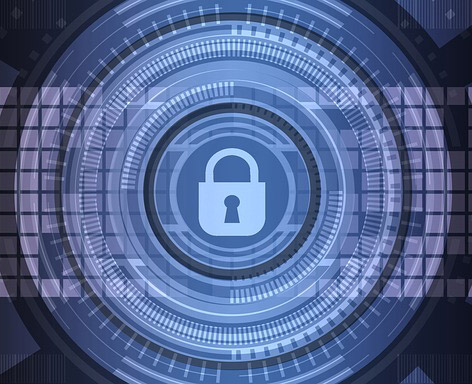When you think about today’s cyber threats, ransomware and data breaches are among the first things that come to mind. However, there are also risks associated with our physical safety, including the integrity of global food supplies.
Cyberattacks, specifically those that target food supply chains, can pose a significant risk to our health and safety. Considering how dependent modern society has become on food production and distribution channels, major breaches in any of these areas can have critical long-term impacts on society as a whole.
Whether disrupting automated farming equipment or manipulating integrated industrial controls, it’s important to understand the ongoing risks to our food defense systems and how to better protect them going forward.
Understanding the Cyber Threat Landscape in Food Defense
Food supply chains are operated using a variety of interconnected systems and processes. While these create more opportunities for improvised agricultural development and larger distribution networks, they also create more entry points for cyber attackers.
Below are some of the areas where vulnerabilities that are currently present in food distribution sectors:
- Farming and Food Production – Over the years, farming equipment and food production facilities have adopted a number of new technologies to make their processes more efficient. These include automated irrigation systems, livestock monitoring equipment, and other agricultural solutions. Due to their constant connectivity, they can become vulnerable to attacks that can not only manipulate data but could even damage crops or harm livestock.
- Processing and Manufacturing – Most food processing plants leverage the use of industrial control systems and temperature monitoring devices to ensure quality control of stored products. The accuracy of these monitoring solutions is critical to minimize the development of harmful bacteria and to ensure the integrity of the products being sold. If these systems become compromised, it can lead to product contamination or major backlogs in production.
- Packing and Distribution – Warehouse management systems are used to help food suppliers and distributors manage their logistics processes effectively to ensure timely deliveries to retail outlets. Logistics platforms and transportation networks rely on GPS solutions and temperature controls during transit to ensure transported goods maintain their quality. Hackers can compromise these systems in an effort to misroute products or cause delays in critical delivery networks.
What are the Impacts of Cyber Threats on Food Defense?
Cyber threats against global food production facilities and supporting supply chain networks are more than just inconvenient or financially draining; they can also pose a question of health and safety.
Food Safety Risks
Cyberattacks can directly impact the safety of the food distributed and consumed. For example, a breach in a manufacturing facility could change certain ingredient ratios or tamper with temperature controls that keep food from spoiling or having certain contaminants.
If a cyber attacker gains access to cold storage facilities or delivery systems, they could make changes in operating temperatures that can directly impact the shelf life of large volumes of food.
Economic Issues
The economic impacts of cyberattacks on the food industry can also be significant. Supply chain disruptions caused by attacks on logistics or transportation systems can create shortages, drive up prices, and impact end users.
When considering the extensive recovery costs associated with a cyberattack, including system restoration or legal fees due to breaching certain data security or compliance standards, the long-term damage could be substantial. The cumulative effect of these disruptions can also lead to significant increases in food prices and impact both businesses and consumers.
Public Health Concerns
One of the most concerning impacts of cyberattacks on food defense is the potential for widespread illness. Contaminated or spoiled food can lead to outbreaks of foodborne illnesses, affecting large numbers of people. In severe cases, these outbreaks can result in hospitalizations and even deaths.
The potential for large-scale food recalls triggered by cyberattacks is another issue that can have public health implications. These recalls not only disrupt the supply chain but also create significant costs for businesses and inconvenience for consumers.
Effective Strategies for Mitigating Cyber Threats in Food Defense
Protecting the food supply chain from cyberattacks requires a strategic approach involving a variety of preventative measures. This includes:
1. Implementing Strict Cybersecurity Measures
Having a strong cybersecurity foundation is critical for industries. This includes implementing network security measures like firewalls and intrusion detection systems to prevent unauthorized access. This includes:
- Employing firewalls, intrusion detection/prevention systems, and virtual private networks (VPNs) to control network traffic and prevent unauthorized access.
- Implementing data encryption at rest and in transit.
- Regularly scanning for vulnerabilities and applying software patches and updates as quickly as possible.
- Educating employees about cybersecurity best practices, practicing good password hygiene, and following established security protocols.
2. Strengthening Supply Chain Collaboration
Effective information sharing and threat intelligence with all supply chain stakeholders is essential. This includes establishing various cybersecurity standards and protocols across the supply chain to ensure that all partners work from the same baseline level of security preparedness.
Employing penetration testing services to simulate real-world attacks is another important way to ensure that newly adopted security policies and procedures can withstand the latest attack methods. Simulated attacks can also help organizations prioritize their initiatives and collaborate to close critical gaps across interconnected supply infrastructure.
3. Developing Incident Response Plans
Even with the best preventative measures in place, cyberattacks can still occur. This is why developing comprehensive incident response plans is so important for improving food defense. These plans should outline clear procedures for handling cyberattacks, including identifying the incident, containing the damage, and recovering any impacted systems and data.
Creating backup and recovery systems is critical for minimizing downtime in the event of an attack. These systems should be regularly tested to ensure that they can be quickly and effectively deployed.
Effective communication strategies during a crisis should also be defined ahead of time. This includes notifying customers, suppliers, and regulatory agencies about the incident and keeping them informed about the steps being taken to resolve it.
Protecting Our Critical Infrastructure
Cyberattacks targeting the food supply chain can pose a significant threat to agricultural businesses and consumers. By implementing effective cybersecurity measures and strengthening supply chain collaboration, companies can take the necessary steps to protect critical infrastructure while ensuring the continued safety of our food supply.






















